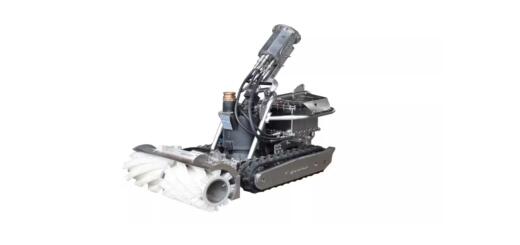Collaborative Robots as an Automation Tool

With the rising need to help solve labor shortages, increase productivity, and improve product quality, many manufacturers are turning to robotic solutions.
This is because; these robots are flexible and cost-effective and are seen as the best automation solution for diverse production applications.
Collaborative robots are generally designed to work alongside humans, sharing a common physical workspace. Robots are not only empowering humans to have more satisfying jobs, but also they are significantly improving work conditions.
Collaborative solutions are widely being applied in various industries such as food and beverage, electronics, education, healthcare, aerospace, defense, and security.
Areas in which robots can be applied
Pick and Place
Picking and placing materials are some of the repetitive tasks that humans are usually forced to perform. While repetitive physical movements can lead to injury or strain, the task’s dull nature can often result in mistakes.
The risks associated with these tasks can be eliminated by incorporating a collaborative robot in the workplace. All you need to do is to program the robot to pick and place various workpieces and place them in the desired location.
Machine Tending
Various machines, such as injection modeling and CNC, usually require a person to stand for long hours to tend to their operational requirements.
While the process can be long and tedious for human workers, a single robot can be programmed to operate multiple machines, hence freeing up the human operators while at the same time increasing productivity.
Quality Inspection
The quality inspection process usually includes verifying parts, inspecting finished pieces, and the resolution quality of precision machine parts.
By mounting various high-resolution cameras on the robots helps speed up quality inspection, yielding more accurate results.
Process Tasks
Process tasks may include; welding, gluing, and dispensing processes. Holding sealants, glue, solder paste, and welding torch can be easily done by robots since they are usually fitted with end reflectors.
Instead of training up new workers, which can be a tasking process, it would be much easier to program one robot to undertake the task and copy the programming details to the other robots.
Packaging
The packaging of products is usually done after the pick and place process. Also associated with packaging is the compression of products to make them fit into the desired package before being dispatched.
Loading, box assembly, shrink wrapping, and box placing are some of the repetitive tasks that can be assigned to a robot.
Advantages of collaborative robots
Robot and Human Efficiency
Work has been greatly simplified, as collaborative robots usually share a common physical workplace with human workers.
As a result, tasks are performed at a more incredible speed, and there has also been a significant reduction in production cost and time.
The need for large floor space has also significantly reduced. It has been discovered that teams that are made up of robots and humans are more productive than teams made up of robots or humans alone.
Complicated and Hazardous Jobs
Some tasks are considered dangerous or too complicated for humans to undertake. Robots can easily perform such tasks. Workers are no longer in danger of performing dangerous jobs that could lead to injuries. Humans pave the way to rely on robots in the improvement of more complex and hazardous techniques.
Increased ROI
The use of collaborative technology has led to a significant increase in return on investment (ROI). This is because; companies that have incorporated the use of robots in their operations usually take less than a year to repossess the money used in the investing process.
The technology is not only attractive to many customers, but it also results in a notable increase in productivity and reduced labor costs.
Conclusion
As we witness the advancement of artificial intelligence technology, more and more companies are warming up to the idea of incorporating the use of robots in the workplace.
The advancement of AI is gradually evolving robots from traditional heavy-duty industrial applications into smaller industrial robots that are smarter, cheaper, and more accessible.









 RSS - All Posts
RSS - All Posts